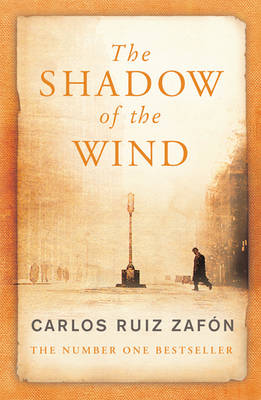About Carlos Ruiz Zafón:
Carlos Ruiz Zafón was born in Barcelona, Spain in 1964.
His first novel published was a thriller for young adults called "El Príncipe de la Niebla". It was hugely acclaimed in Spain and won the Edebé literary award for young adult fiction. This novel was recently translated into English in 2010 under the title of "The Prince of Mist". Carlos also wrote three other novels for young adults before trying his hand at adult fiction.
His first adult novel was "El Sombre del Viento" or "The Shadow of the Wind" in English. This book became critically acclaimed worldwide and won many international prizes for literature It has subsequently been translated into over 35 languages.
His novel "El Juego del Angel" ("The Angel's Game") was released a few years later as a prequel to "The Shadow of the Wind". It became the fastest selling book in Spanish history.
Both of these novels are set in Barcelona around the time of the Spanish Civil War and focus on the lives of two young men who have an affinity for books.
Carlos Ruiz Zafón now lives in Los Angeles but visits Barcelona regularly.
Barcelona:
"The Shadow of the Wind" and "The Angel's Game" are both set in Carlos Ruiz Zafón's home city of Barcelona.
The city is situated on the north-eastern coast of Spain. It has a big harbour which is the ninth largest port in Europe. This means that the city is a main centre of trade and commerce.
Barcelona is also a beautiful city full of art and culture. The city is dotted with old cathedrals and pieces of Antonio Guadí's architecture.
















